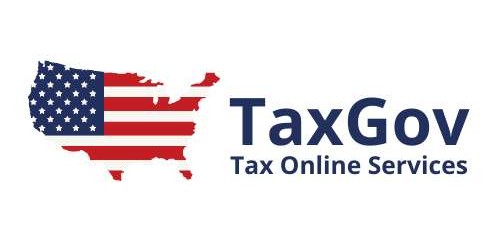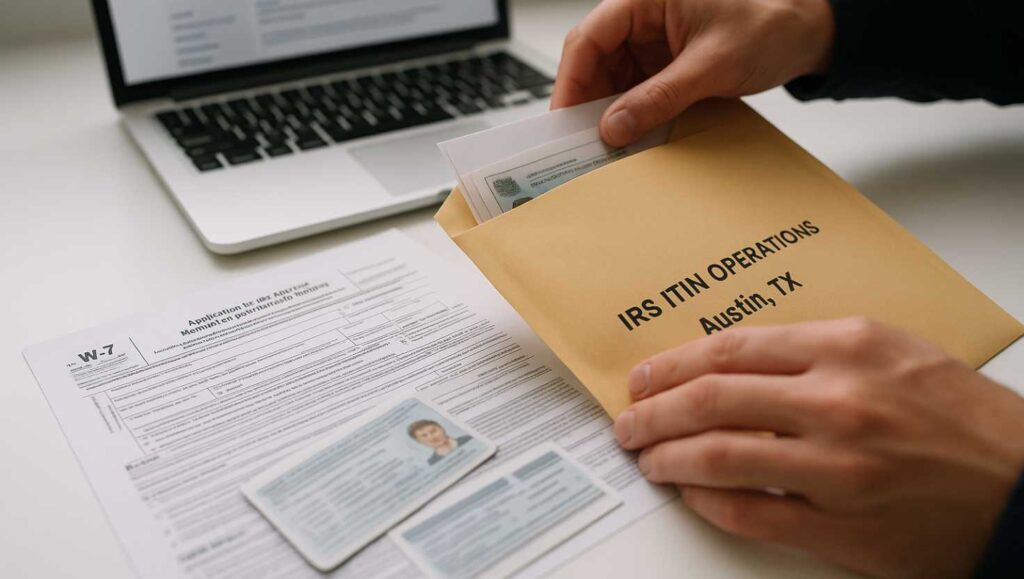Where to Send ITIN Application and Why It’s Important
Where to send ITIN application and why it’s important is a question many people have when tackling tax season responsibilities in the United States. An Individual Taxpayer Identification Number (ITIN) is crucial for those who pay taxes but are not eligible for a Social Security Number (SSN). Obtaining an ITIN is essential for fulfilling tax obligations and accessing financial services. It’s important to send your ITIN application to the correct address to avoid processing delays. The IRS has specific locations for processing ITIN forms, and understanding where to send them ensures your application is prioritized and generates a response within the typical eight-week period. Additionally, attaching required documentation like identification and potential tax returns in a single package helps the IRS verify your identity swiftly and process your application effectively. By knowing where to send your ITIN application, you ensure your documentation reaches the IRS accurately and securely.
How to Prepare Your ITIN Application for Submission
How to prepare your ITIN application for submission requires attention to detail and awareness of the required documentation. The ITIN application process involves completing IRS Form W-7, which applicants can download from the IRS website. It is crucial to provide a submitted tax return along with form W-7 unless you meet an exception. You’ll also need original or certified copies of your identification documents. These might include a passport or two forms of identification such as a driver’s license and a birth certificate. Proper preparation includes ensuring all forms are correctly filled out and signed. Typos or omissions can stall the application process, necessitating resubmission and lengthening the time required for ITIN receipt. Being meticulous in preparation improves the efficiency and outcome of the application process, ensuring you meet tax deadlines and obligations smoothly with the correct taxpayer identification in place.
Need help getting your ITIN?
We can help you apply for your ITIN quickly and easily. Let our team handle the process for you.
Where to Physically Mail Your ITIN Application
Where to physically mail your ITIN application is determined by an applicant’s method of filing and current location. If you are submitting your Form W-7 along with a federal income tax return, direct it to the Internal Revenue Service, ITIN Operations, P.O. Box 149342, Austin, TX 78714-9342 in the United States. However, if lodging the application without an attached tax return, use the same address. It’s crucial to ensure the envelope is correctly labeled and securely sealed, as this ensures it is handled appropriately upon arrival. Applicants not inside the United States should utilize consular services or U.S. mail facilities for safe, secure, and prompt delivery. The accuracy of the mailing address ensures that your application lands in the hands of the right units immediately, which corresponds to faster processing and response. Understanding where to send your ITIN aids in a streamlined ITIN process with fewer errors and enhanced communication with IRS representatives.
Frequently Asked Questions About ITIN Applications
Frequently asked questions about ITIN applications often focus on eligibility, timelines, and the necessity of specific documents. Many applicants inquire about who qualifies for an ITIN, generally addressing any individual required to have a U.S. taxpayer identification number who is not eligible to obtain a Social Security Number. Queries also delve into processing time durations, with many unsure about average wait periods after submission. Typically, the timeline can extend up to eight weeks, though accurately completed applications often enjoy faster handling. Additionally, questions often involve the types of identification documents required alongside ITIN application forms, stressing the necessity for a legitimate passport or the combination of acceptable secondary identification forms. Clarity on these key areas aids applicants in reducing stress and better managing their tax-related obligations, ensuring knowledge aligns with actionable steps needed to successfully acquire an ITIN.
Alternatives to Mailing Your ITIN Application
Alternatives to mailing your ITIN application provide additional options for those who prefer not to rely solely on postal services. Instead of mailing, applicants can apply in person through an IRS Taxpayer Assistance Center, ensuring direct submission and immediate handling of documents. Appointments may be necessary, but this offers the chance to ask questions and receive guidance directly from IRS staff. Additionally, Certified Acceptance Agents (CAAs) can assist in completing and submitting ITIN applications. They verify documents and prepare your application professionally before submitting it directly to IRS channels. CAAs are especially beneficial for applicants seeking extra confidence in document preparation or those who wish to avoid mailing originals, as they can retain copies of submitted materials. These alternatives offer flexibility and assurance in the application process, often providing peace of mind and reducing potential postal mishaps.
Impact of ITIN on Tax Filings and Financial Transactions
Impact of ITIN on tax filings and financial transactions primarily lies in facilitating the compliance and regulatory needs of individuals managing financial activities within the United States. An ITIN simplifies the federal tax filing process, ensuring individuals report income and tax due accurately, thus avoiding potential legal issues with compliance and avoiding penalties. It permits opening and operating bank accounts, which are vital for both personal financial management and business operations conducted by individuals needing an ITIN. With ITIN, taxpayers may also qualify for specific tax credits depending on circumstances, thereby reducing tax liabilities. Understanding the influence of the ITIN beyond just fulfilling IRS requirements empowers applicants, broadening their economic and social engagement within the U.S. economic landscape and realizing comprehensive financial participation with assurance.
Common Mistakes When Sending ITIN Applications
Common mistakes when sending ITIN applications revolve around errors in application details, incorrect or insufficient documentation, and misdirected mailing. One of the frequent errors is submitting incomplete or incorrect Form W-7 details, such as missing the entrant name or address sections. This oversight can hinder processing and delay responses significantly. Another frequent mistake involves improper or missing identification documents. Ineligible documents that don’t match IRS criteria can lead to outright rejection. Furthermore, applicants who submit their applications to the wrong addresses risk significant delays due to rerouting or return. Reliance on non-certified copies of original documents without attending a CAA can also lead to application rejection. Understanding these frequent errors and proactively avoiding them can considerably enhance the chances of an accurate and fast ITIN application process, building the applicant’s confidence in navigating the U.S. tax system effectively.
Need help getting your ITIN?
We can help you apply for your ITIN quickly and easily. Let our team handle the process for you.
Comparing ITINs to Social Security Numbers
Comparing ITINs to Social Security Numbers reveals distinct differences yet similar functions under U.S tax and finance systems. While both numbers serve as taxpayer identification, an ITIN is distinctively for individuals not eligible for an SSN. Unlike an SSN, an ITIN cannot be used for work authorization or social security benefits, limiting its scope primarily to tax obligations. However, the consistency of both numbers providing essential identification for financial and tax responsibilities maintains uniformity in taxpayer management. Understanding these differences aids foreign nationals and residents in comprehending their rights, responsibilities, and opportunities in the U.S., making informed financial and legal decisions more manageable, transparent, and cohesive within the broader U.S. administrative framework.


